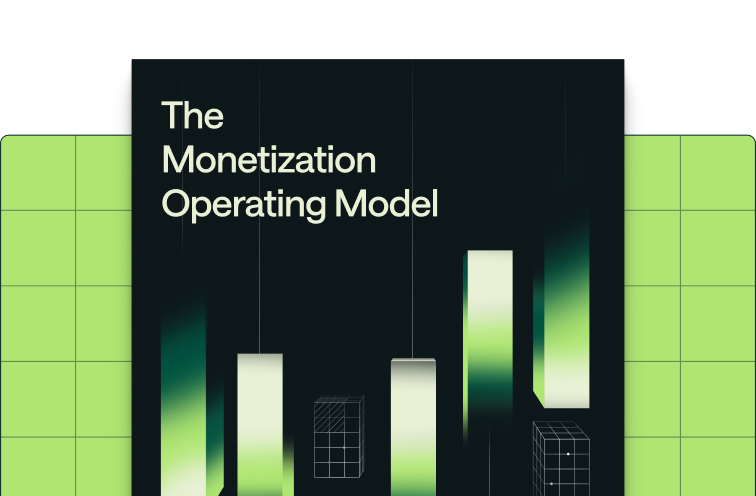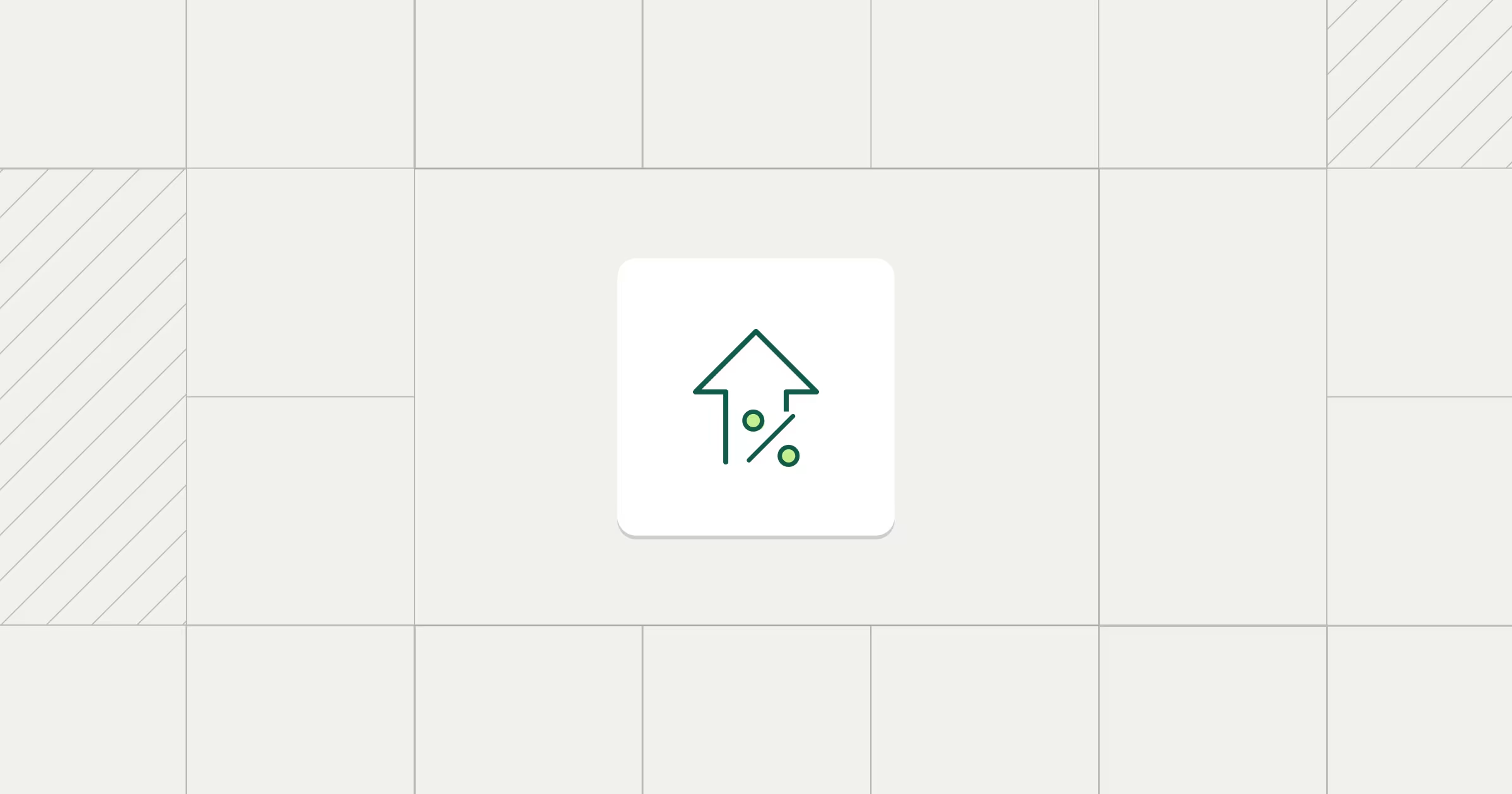Share
Innovative new software companies are getting into the market and reaching scale every day, and they all face the challenge of setting up scalable and reliable platforms for monetization. This problem has become even more complicated over the past few years. As more companies transition to usage-based models, pricing has become more iterative and complex, requiring new considerations for integrations, real-time visibility, and flexibility. Because current solutions can't keep up, companies feel perpetually hamstrung by their billing. They're saddled with maintaining legacy systems and custom code, leaving them unable to scale to their full potential.
Metronome is purpose-built to solve these problems. It handles the complexities of usage-based billing alongside traditional subscription models. And with one integration, Metronome works directly with your raw data, transforming it into metrics and invoices without requiring you to write any code. It does all of this in real-time with a thoughtful UI and a comprehensive suite of developer tools, making it a world-class source of truth for your products and business systems.
Metronome helps software companies launch products and pricing updates quickly, iterate on pricing and packaging without writing code, and scale their business models effortlessly as they grow.
Challenges to billing at scale
When we set out to build Metronome, we started by talking to hundreds of companies about their billing needs. Out of these conversations, we noticed the same pain points repeated over and over again.
The first challenge we observed was how difficult it was to get new business models into the market. Working with the data necessary for usage-based billing at scale is a nontrivial technical problem that requires significant engineering investment to solve. Subscription management systems, the only off-the-shelf option available, were explicitly not designed to work well with data. We also noticed that setting up new pricing and packaging often required writing substantial amounts of code, making engineering the bottleneck for product launches and pricing updates. Combined, these two problems mean that even for large billing engineering teams, it was frequently months of work to launch a product or SKU.
Once products made it into the market, the challenges continued: discovering and implementing the optimal pricing and packaging was often a taxing, error-prone, and painfully manual process. Identifying pricing and packaging opportunities often relied on manual data manipulation and spreadsheets. Implementing those updates was even more of a nightmare, requiring yet more code and often a complete redesign of existing billing architecture.
Lastly, we found that billing complexity scaled quickly as businesses matured. As customer bases and product suites grew, not only did data volume grow as well, but the need for data connectivity also increased exponentially. Businesses quickly found that they needed billing data everywhere once they started layering in CRM, CPQ, accounting systems, data warehouses, and customer dashboards. Legacy billing systems weren't built to fulfill this need.
Metronome's design principles
At Metronome, we've spent years developing solutions to the problems we observed. Below, we spell out the design principles backing Metronome's architecture to ensure that we can be the flexible, scalable, and accurate billing system of record for usage-based businesses.
Design for flexibility: Every aspect of our product is designed for flexibility, from our data model to our integration pattern to our API. We've also built Metronome to work seamlessly for all go-to-market motions, ranging from automated self-serve to bespoke enterprise sales. This lays a strong foundation for a healthy product-led growth stack. It even allows us to help with pricing and packaging exploration via the ability to test pricing changes against historical data.
Design for data at scale: We've designed Metronome to be the source of truth for your usage and billing data. We use best-in-class technology to ensure our infrastructure can reliably support even the highest data volumes. We've put painstaking effort into making sure that Metronome handles this data with the appropriate care, using append-only ledgers to back financial transactions. Idempotency and immutability guarantees ensure that all data is always reliable and fully auditable. And we've invested early in security and compliance so you know that your data is safe.
Design for the end-user: We've built tools to empower non-technical users, shifting control of pricing and packaging from code to Metronome configuration. We've also invested heavily in our developer experience, with purpose-built observability tooling and great documentation. Different end-users have different access patterns, so we strive to make all operations in Metronome accessible over API and UI.
Design for real-time: Customers of usage-based systems expect continuously up-to-date and accurate bills. Internal teams need the same, so they can be more responsive and make decisions in real time. Metronome is built on top of a low-latency streaming architecture so that it can power real-time entitlements, alerting, and cost controls for your stakeholders.
Design for compatibility: As the source of truth for usage and billing data, we know this data is hugely valuable in adjacent business systems. We also know that as your business grows, your business systems will change and specialize. We directly integrate with the most popular business systems, and we provide a comprehensive API so you can get your data where you need it. We tie your business systems together so you don't have to do that work yourself.
We're just getting started
At Metronome, we're redefining what a billing system can do by helping our customers launch, iterate, and scale their business models. If you'd like to learn more about our product in more detail, we invite you to check out our documentation or reach out to schedule a conversation. And if any of the above sounds exciting to you, we're growing quickly and would love to have you on the team.











